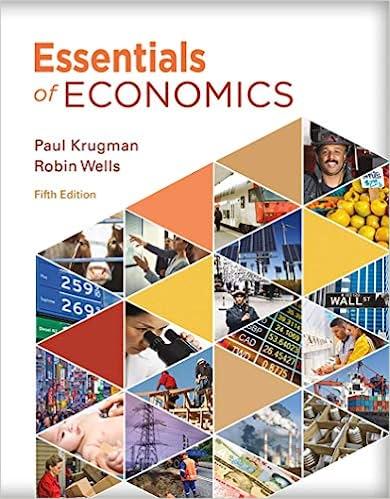In May 2014, all-out war broke out between Amazon, the third-largest U.S. book retailer, and Hachette, the
Question:
In May 2014, all-out war broke out between Amazon, the third-largest U.S. book retailer, and Hachette, the fourth-largest book publisher. Suddenly Amazon took weeks to deliver Hachette publications (paper and e-books), including best-sellers from authors like Stephen Colbert, Dan Brown, and J. D. Salinger, meanwhile offering shoppers suggestions for non-
Hachette books as alternatives. In addition, pre-order options for forthcoming Hachette books—including one by J. K. Rowling of Harry Potter fame—disappeared from Amazon’s website along with many other Hachette books. These same books were readily available, often at lower prices, at rival book retailers such as Barnes and Noble.
All publishers pay retailers a share of sales prices. In this case, hostilities were set off by Amazon’s demand that Hachette raise that share from 30% to 50%. This was a familiar story:
Amazon demanded ever-larger percentages during yearly contract negotiations. Since it won’t carry a publisher’s books without an agreement, a protracted disagreement and the resulting loss of sales are disastrous for publishers. This time, however, Hachette refused to give in and went public with Amazon’s demands.
Amazon claimed that the publisher could pay more out of its profit margin—around 75% on e-books, 60% on paperbacks, and 40% on hardcovers. Indeed, Amazon openly admitted that its long-term objective was to displace publishers altogether, and deal directly with authors itself. And it received support from some authors who had been rejected by traditional publishers but succeeded by selling directly to readers via Amazon. But publishers countered that Amazon’s calculations ignored the costs of editing, marketing, advertising, and at times supporting struggling writers until they became successful.
Amazon, they claimed, would eventually destroy the book industry.
Over the course of the conflict, Amazon faced some very angry authors. Douglas Preston, a best-selling Hachette author of thrillers, saw his sales drop by at least 60%. Speaking of the comfortable lifestyle that his writing supported, Preston observed that if Amazon decided not to sell his books at all, “All this goes away.” In the end, the conflict became a public relations disaster for Amazon as writers and even some readers turned against them. So, Amazon eventually capitulated and agreed to allow Hachette to set the price of its e-books.
However, given Amazon’s size and influence, authors remain wary about the future.
In fact, a few years later, Amazon became the largest U.S. book retailer. This is largely due to Amazon’s costly investments in its website and its vast warehouse and speedy delivery system, despite sometimes charging higher prices than rival websites. These upgrades have been funded by Amazon investors, who waited patiently for 20 years, incurring billions of dollars in losses. But 2015 was a turning point for Amazon. That year, the company made a small profit, and each year since, it has experienced increased profitability. In 2018, Amazon made over $10 billion. The wait for its investors finally paid off. Over the same time period, Amazon’s share price increased by nearly 500%.
Questions:-
1. What is the source of surplus in this industry? Who generates it? How is it divided among the various agents (authors, publishers, and retailers)?
2. What are the various sources of market power here? What is at risk for the various parties?
Step by Step Answer:






